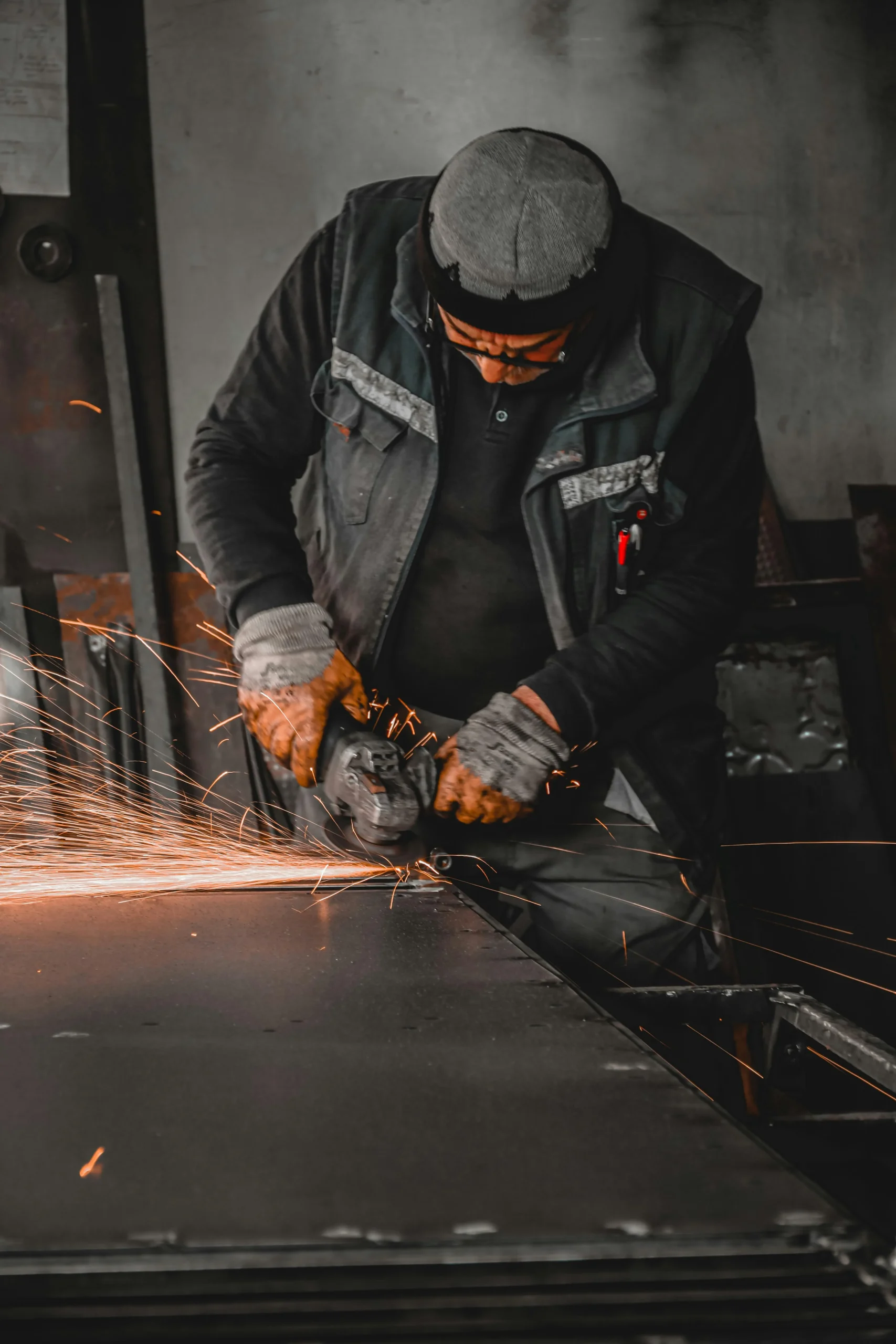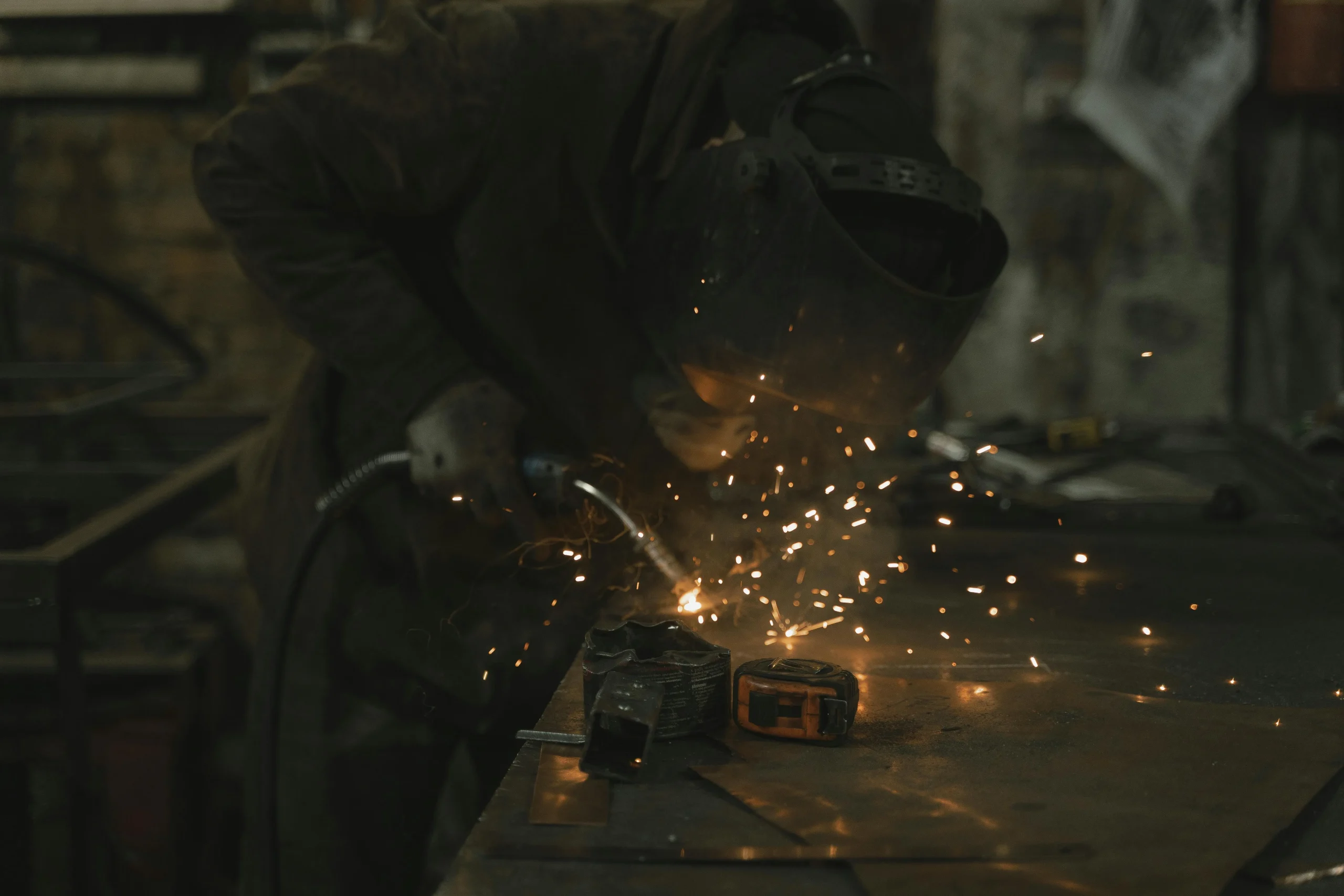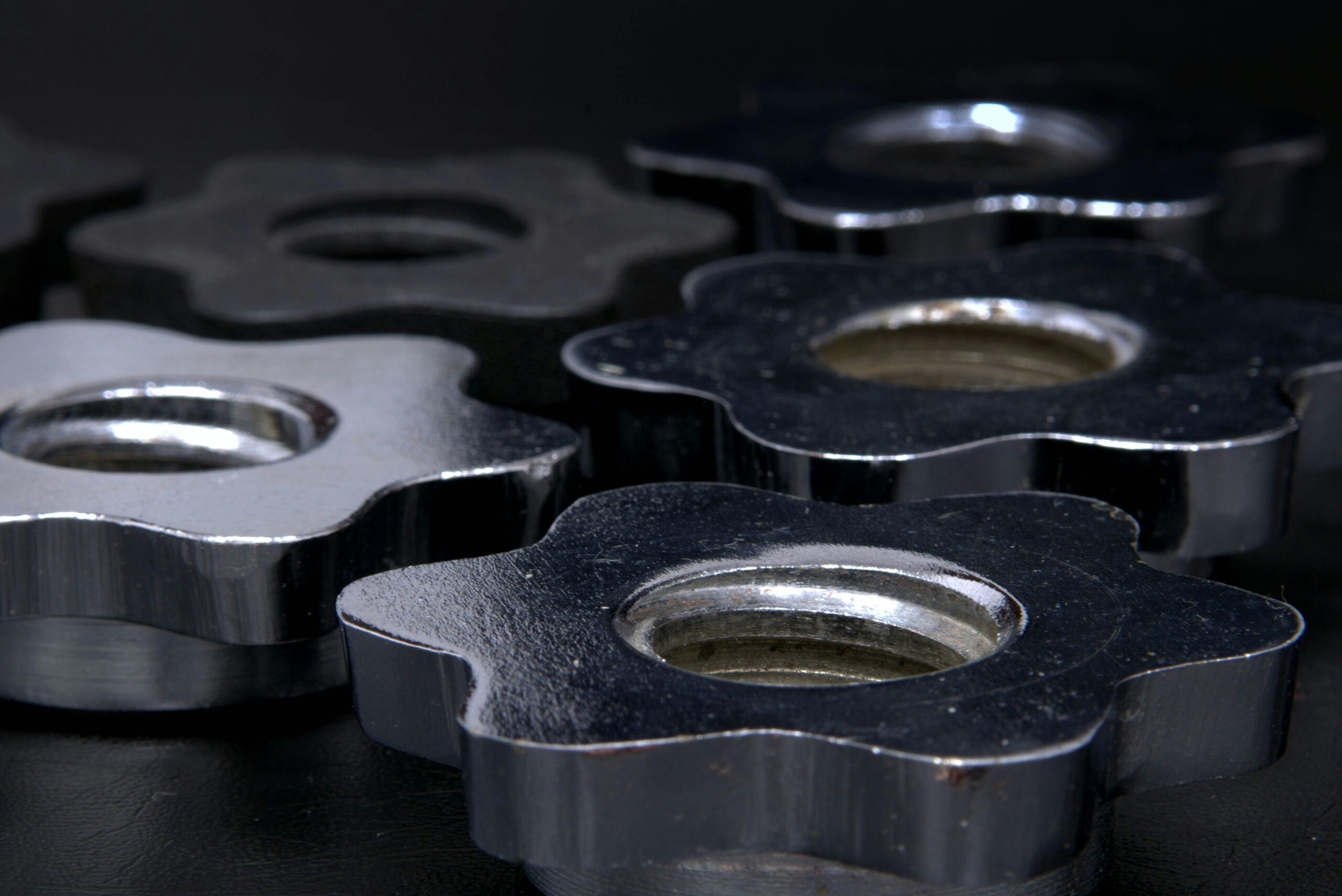
Posted on July-07-2025
Plasma cutting has become a go-to method for cutting metal in a wide range of industries, from heavy fabrication and construction to car repair and even creative metalwork. It’s fast, precise, and surprisingly versatile. If you’ve ever wondered how plasma cutters actually work or why they’ve become so popular, our guide will take you through the process in a clear and practical way.
At its core, a plasma cutter is a tool that cuts through electrically conductive metals using a jet of hot, ionised gas. Instead of relying on physical blades or open flames, plasma cutters use heat and electrical energy to melt the metal, then blow it away using high-pressure gas to create a clean and narrow cut.
You’ll often see them used on materials like steel, stainless steel, aluminium, brass, and copper. The best part is that plasma cutters don’t just work quickly. They do so with impressive precision.

Before going any further into how plasma cutters work, it’s worth understanding what plasma actually is. Plasma is often called the fourth state of matter, after solids, liquids, and gases. It forms when a gas is heated to very high temperatures and becomes ionised. This means the gas particles lose electrons, creating a stream of charged particles.
In plasma cutting, this ionised gas is turned into a high-energy jet capable of melting metal instantly.
Although it might sound complex at first, the process is fairly straightforward when broken down. Plasma cutters use a combination of electrical current, compressed gas, and heat to cut through metal with precision.
Here’s how it works:
An electric arc is formed between an electrode inside the torch and the surface of the metal you’re cutting. Compressed gas, usually air or nitrogen, is forced through a narrow nozzle at high speed. As this gas moves through the electric arc, it becomes ionised and transforms into plasma. This plasma jet melts the metal at the contact point. At the same time, the high-pressure gas blows away the molten material, creating a clean cut line.
The entire process is fast, efficient, and highly controlled. Once you’ve seen it in action, it’s easy to understand why it’s used so widely.
Plasma cutters are suitable for any electrically conductive metal. This includes:
This flexibility makes them incredibly useful in a variety of industries. Whether you’re working on a construction site, repairing agricultural machinery or crafting custom metal signage, a plasma cutter can handle the job. They also cope well with rusty or painted surfaces, which isn’t something every tool can claim.

Beyond how it works, the real question is why you’d choose plasma cutting over other methods. The advantages are both practical and significant.
Plasma cutting offers much faster cutting speeds than most traditional tools. It requires no preheating and can move through metal at a pace that saves a considerable amount of time, especially in busy workshop environments.
A major benefit of plasma cutting is the clean finish it provides. It leaves minimal slag and very little need for post-cut grinding or tidying. For professionals who value precision and consistency, this is a big win.
Plasma cutters perform well on all types of surfaces, including dirty or painted metal. They can also cut through multiple stacked sheets, which is ideal in fabrication or repair scenarios where time and accuracy matter. This kind of adaptability is something I think most tradespeople really appreciate once they’ve worked with the tool.
Despite working at extremely high temperatures, plasma cutters are actually safer than many traditional cutting methods. There is no open flame and no need for flammable gases, which makes them suitable for indoor use and enclosed spaces. Of course, proper safety equipment and training are still essential, but the risks are generally more manageable.
Plasma cutters are available in both handheld and CNC (Computer Numerical Control) models. Each has its own benefits depending on the type of work you do.
Handheld units are perfect for general repair jobs, mobile trades, and workshop use. They’re lightweight, easy to operate, and flexible enough to handle various tasks.
CNC plasma cutters, on the other hand, are designed for precision and automation. They are typically used in production settings where consistency and complex shapes are required. These machines can follow digital patterns to cut detailed parts with an extremely high level of accuracy.
Plasma cutting is a powerful and reliable method for working with metal. It delivers speed, precision, and versatility that few other tools can match. Whether you’re cutting steel beams on site or crafting intricate parts in a fabrication workshop, a plasma cutter offers the performance needed to get the job done well.
For professionals, engineers, fabricators, and even skilled those who love to weld in their free time, plasma cutting isn’t just efficient. It’s a smarter way to work with metal. Once you’ve used one, it’s hard to imagine going back to older methods.
At Arc Welding we offer plasma cutters to buy or hire that can help you massively in the world of welding. Have industry standard technology is a must in such a skilful trade. Contact our team today to find out more.